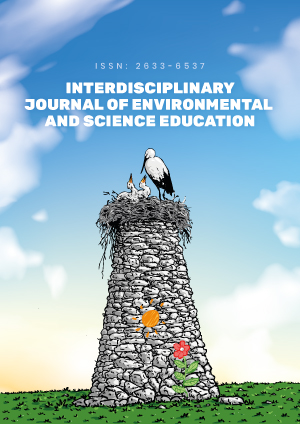Abstract
The Nature Schools movement in Iran commenced in 2014 and expanded steadily for half a decade, growing to almost 100 schools. Emulating similar educational inititives in Europe and North America, Nature Schools offered outdoor educational experiences for pre-school and primary school years, spreading across both metropolitan and regional Iran. Before the first Nature Schools were started, detailed initial planning between academics and the government Environment Department and Education Ministry was undertaken which projected the roll-out of many more Nature Schools. The results of this study demonstrated that the establishment and growth pattern of the Iranian Nature Schools had different causes stimulating its commencement, how these schools released a new pedagogical practice for teachers, children and their families and how this movement offered an alternative curriculum in nature with school children outdoors. Thus, despite the eclipse of the Nature School movement, a longer time-frame indicates positive aspects, including the establishment of green or eco-schools and the institutionalization of the environmental focus in pre-school education. Many educators saw Nature Schools benefitting students’ personal learning and academic development. Political concerns after several years of growth led to some closures and slowing down of the growth of Nature Schools in 2018-19. At the same time, a new national environmental curriculum was being embedded across all age-levels of schooling in Iran.
License
This is an open access article distributed under the Creative Commons Attribution License which permits unrestricted use, distribution, and reproduction in any medium, provided the original work is properly cited.
Article Type: Research Article
INTERDISCIP J ENV SCI ED, Volume 17, Issue 3, 2021, Article No: e2244
https://doi.org/10.21601/ijese/10934
Publication date: 27 May 2021
Article Views: 4672
Article Downloads: 3491
Open Access References How to cite this article
 Full Text (PDF)
Full Text (PDF)